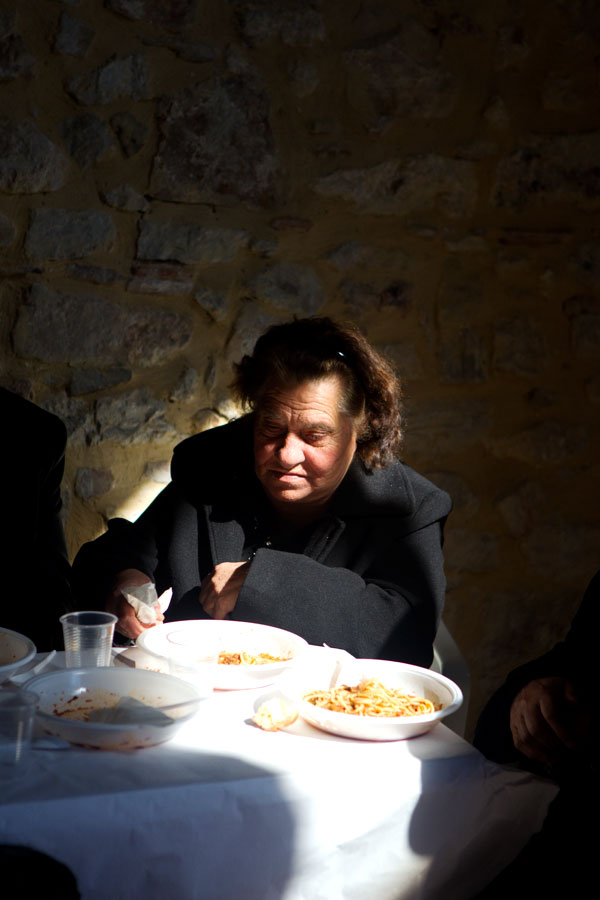
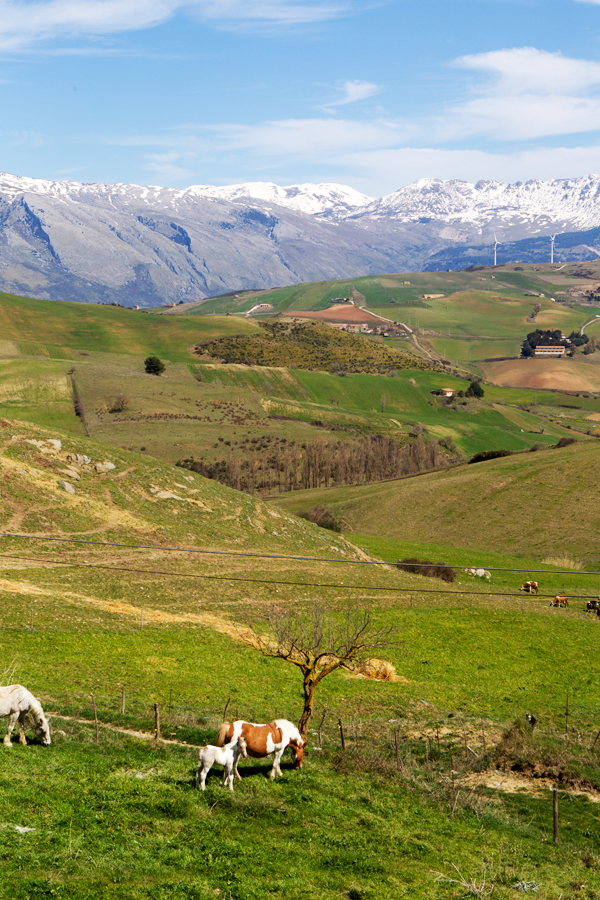
I still cannot decide what I loved the most about my recent trip to Sicily. I keep changing my mind on the topic.
To start, there was Fabrizia, daughter of Anna Lanza who founded the Anna Tasca Lanza Cooking School where we were invited to spend five days. Then there was the amazing culturally rich group of people I joined who had flown from all across the globefrom Japan, Scotland, England and Germany. There was also the casual beauty of Case Vecchie, the heart and soul of the school, and the gorgeous wild flowers beautifying every landscape that unfolded before our eyesthey knew well I was going to go crazy when Id catch sight of them everywhere.
And then there was the food and wine with behind it all, the friendly faces of Sicilians.
Clearly, this all felt like a dream.
Except that this dream was real.
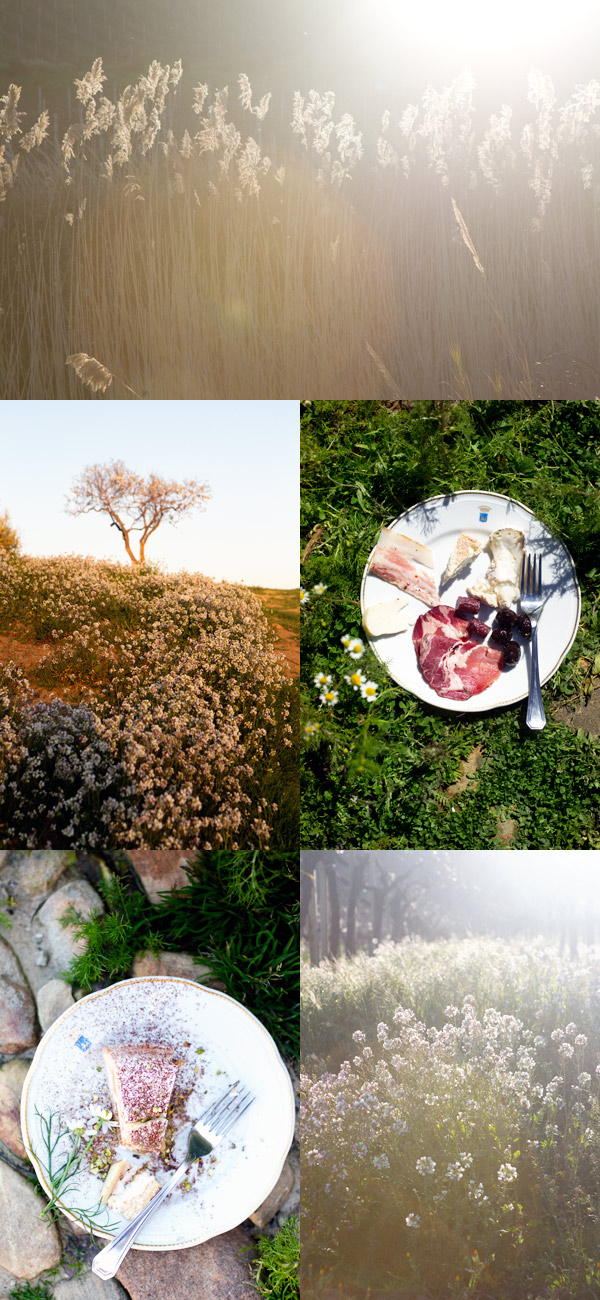
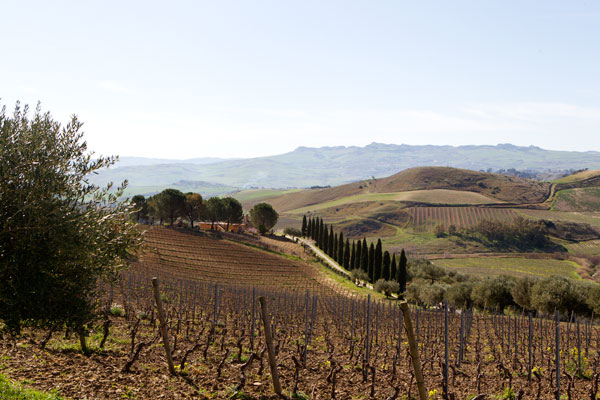
I had only traveled to Sicily once before when I was in my early twenties. Which oddly didnt leave me with stron! g memori es about Sicilian food.
Fabrizia took care of changing that image for me.
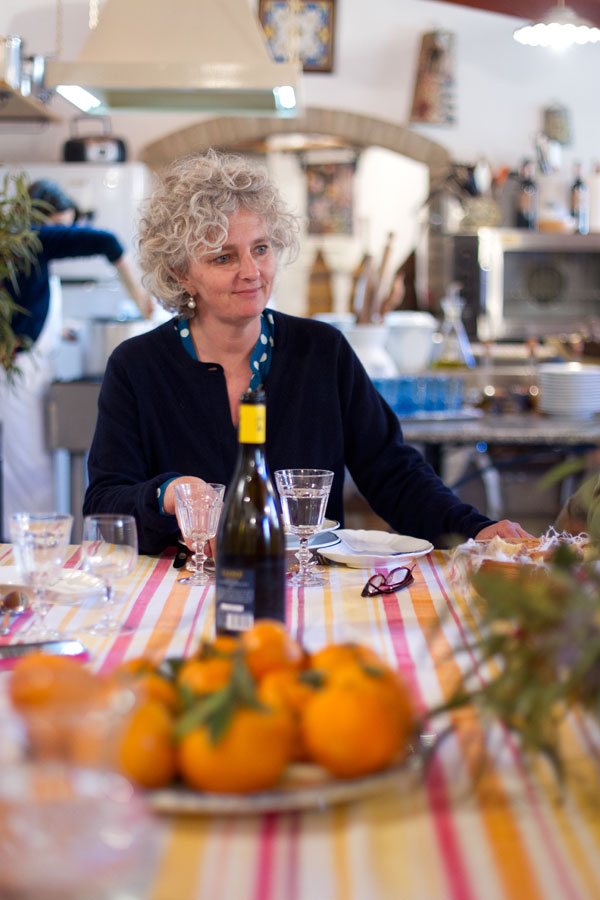
Fabrizia is the daughter of Anna Tasca Lanza, a known name on the Sicilian food scene.
I feel silly to admit it but, because she is Sicilian, I didnt imagine that Fabrizia could be tall. But she was. Framed by beautiful gray curly hair, her face always expressed a genuine smile enhanced by bright blue eyes that exuded an obvious joie-de-vivre.
I didnt imagine that she was going to welcome us like family either. But she did. Generously.
So naturally, it seemed.
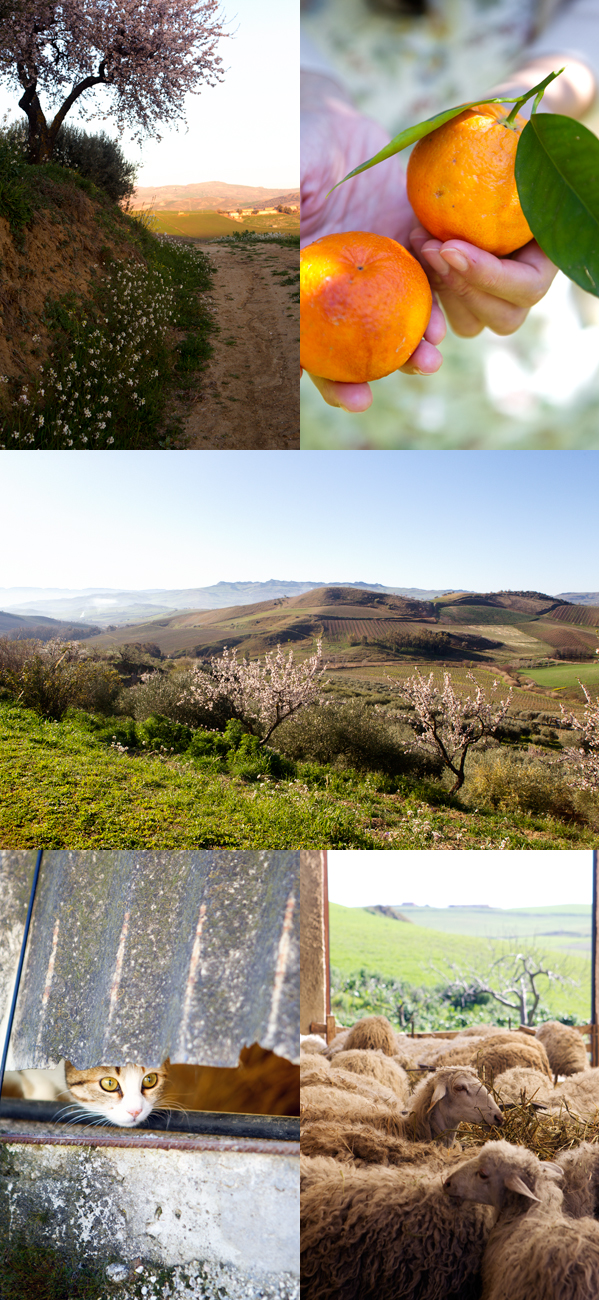
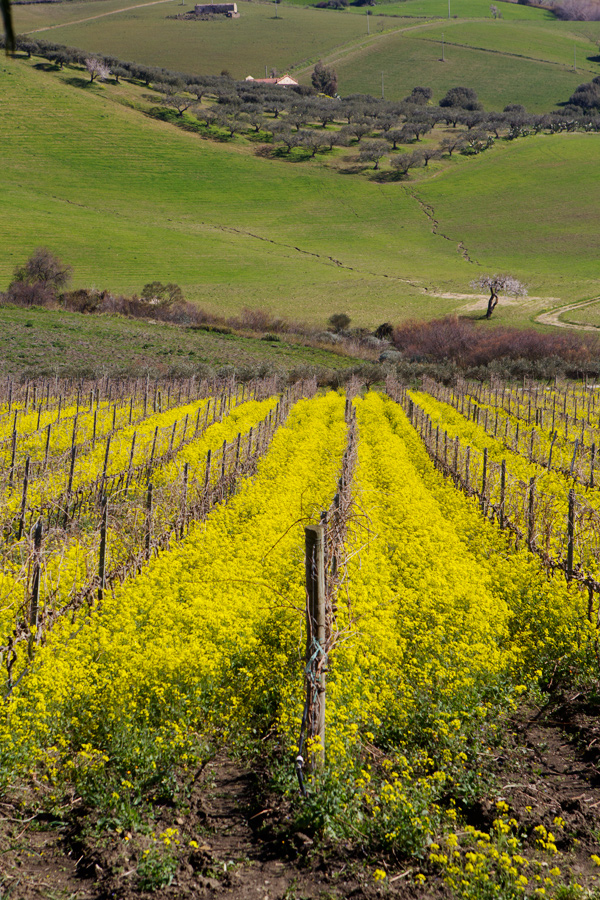
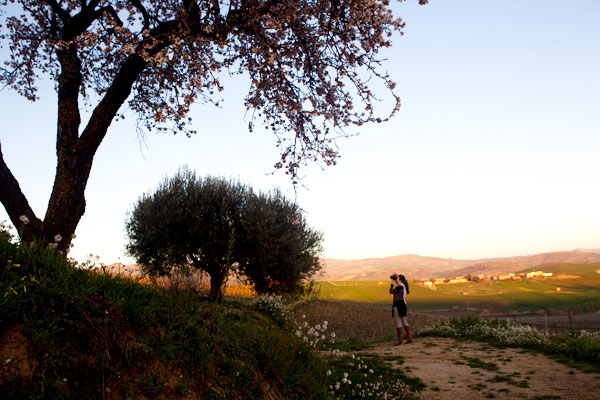
In 1989, Fabrizias mother, Anna Tasca, decided to open her cooking school on her familys 19th-century estate known for its fine wines. Although she didnt at first have any other intention but enjoy cooking, her school rapidly acquired a reputation on the international scene. During her lifetime, Anna met food icon Julia Child. She appeared on the Martha Stewart Show and wrote a few cookbooks on Sicilian cuisinewhich revealed the beauty of Sicilian land and cuisine to the world.
Fabrizia was her only daughter.
Fabrizia didnt know that one day, she would join her mothers culinary adventure. Feeling asphyxiated on the island, she left Sicily at the age of eighteen. She graduated with a literature degree in Art History and worked for twenty years in the museum world. But when that ended and her mother suddenly needed help, she didnt think twice a! bout it. Her food-impassioned roots were calling and she decided to return home. And in July 2010, when her mother regretfully passed away, Fabrizia decided to naturally take on the beautiful mission of continuing what her mother had started with the cooking school.
No doubt that this must be something running deep in their familys genes because Fabrizia does it with grace and elegance.

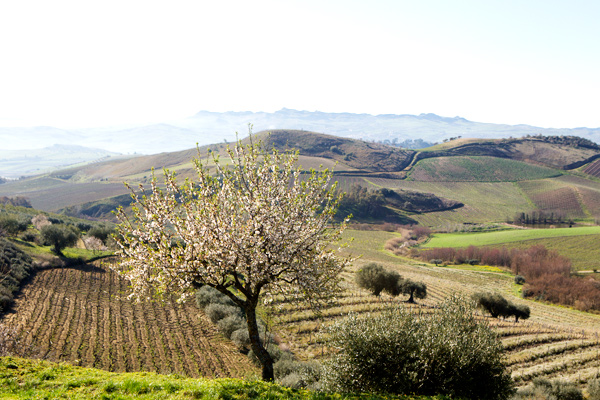
Case Vecchie, the house where the school is located, is a gem.
Shall we take a walk on the property? Fabrizia asked us one day by late afternoon.
We were far from imagining what was going to unfold in front of our eyes.
Surrounded by over 1,000 acres of vine-covered rolling hillshome to their family owned magnificent Regaleali winesthe old stone house with its bright blue gate is filled with character: from olive, almond, and citrus trees, to its well-cared vegetable garden and numerous outdoors sitting areas.
We had five days to spend on the property. To cook and eat and learn. We savored every minute of it.
Our daily schedule repeated itself rhythmically: wake up, walk, cook, eat, rest and relax, take a walk or visit a local artisan nearby while sharing stories, and start all over again. Three times a day. Not a minute growing tired of it.
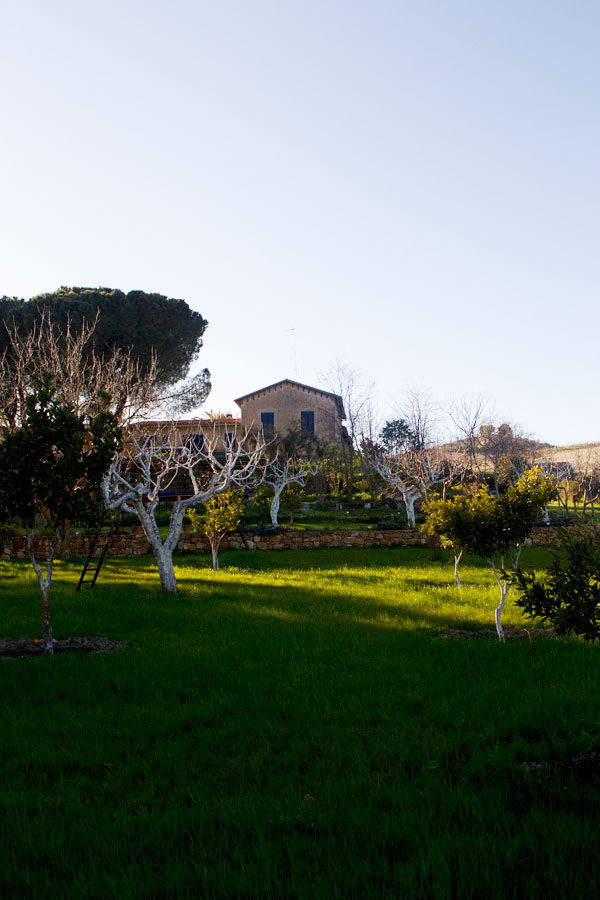
It was a simple formula that allowed us to sense the pace of life at Case Vecchie. It was impossible not to fall in love with it instantly.
I thought Id share tidbits of what we did. What we ate. What we saw. With words and picturesmany of them.

I was convinced that I had been fooled when I found green grass, snow-capped mountains with an Alpine-looking flair that reminded me of Switzerland or parts of the French Alps. They created these breathtaking views.
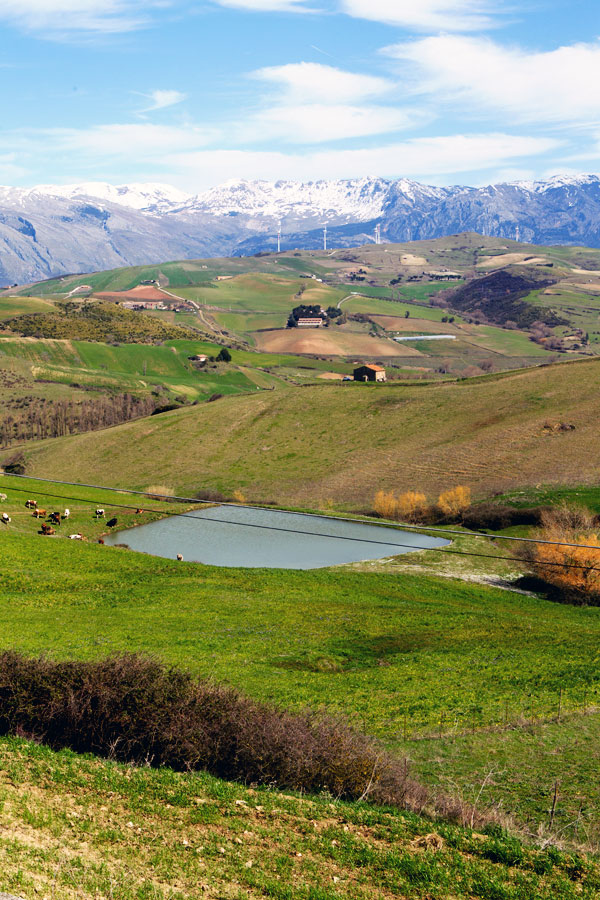
I now understand that I didnt know what ricotta is supposed to taste like before I ate Sicilian farm fresh ricotta cheese. We even enjoyed it for breakfast with homemade jams and cakes. I adored the visit to a ricotta cheese making farm nearby.
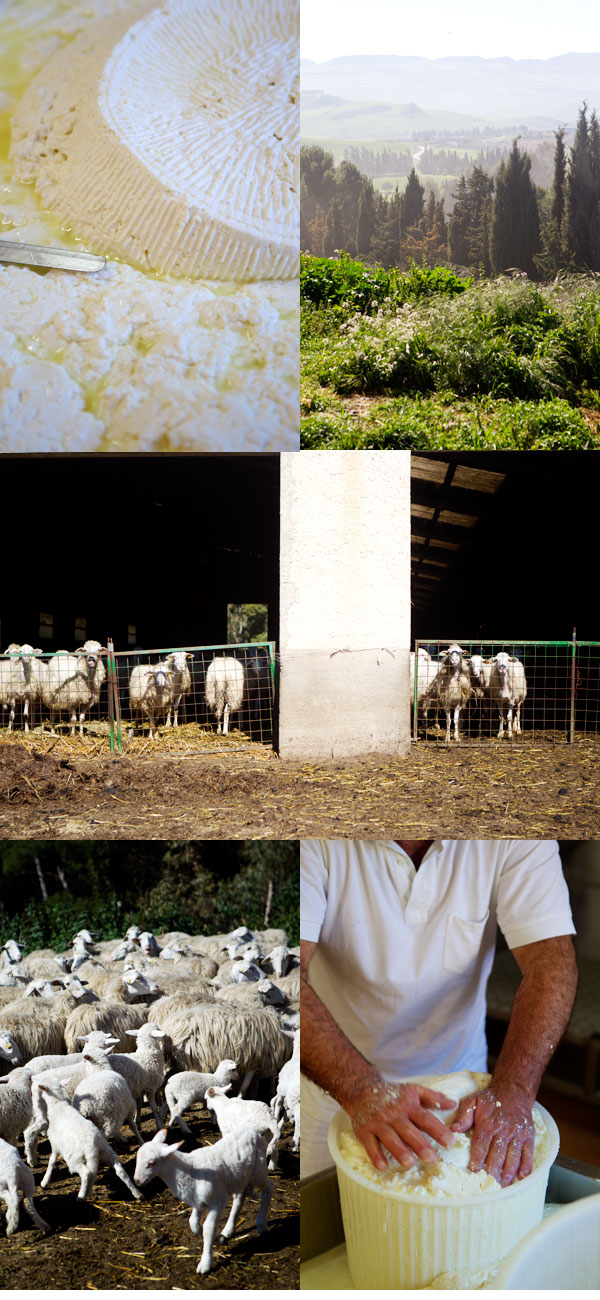
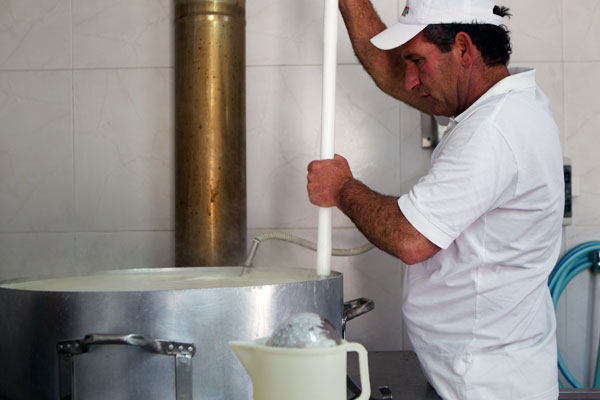
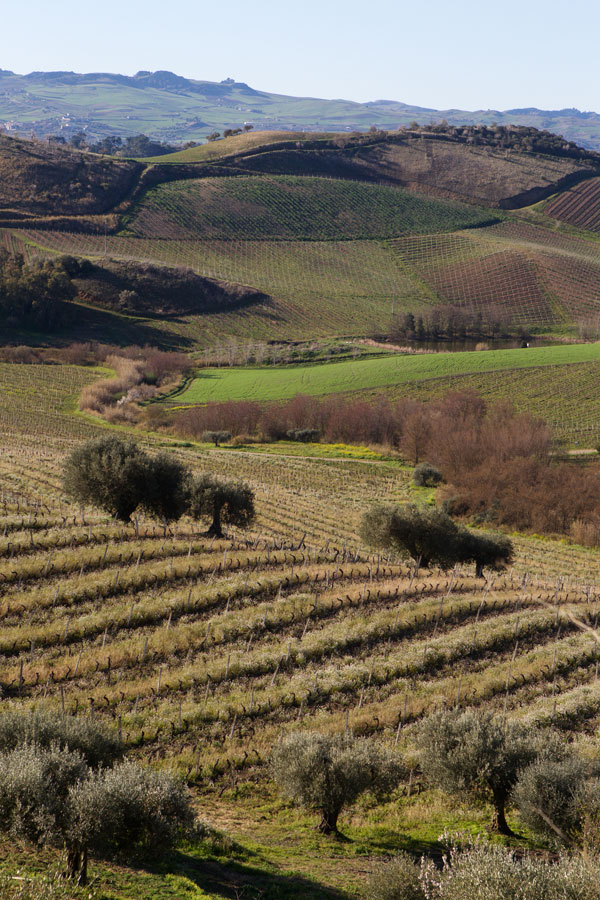
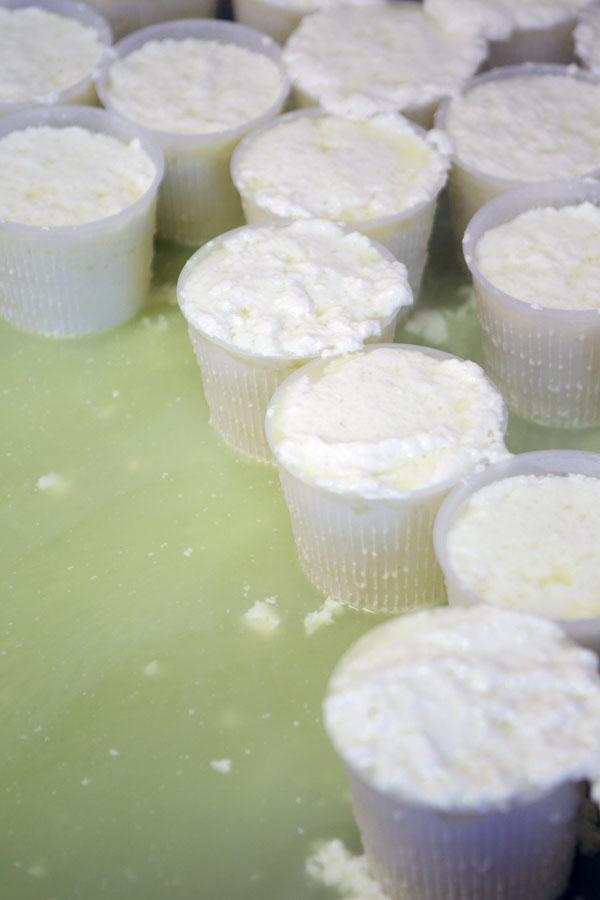
I had the taste of a vanilla orange for the first time. This surprised me with something completely different (mellow) from what I had expected when thinking about the taste of an orange.
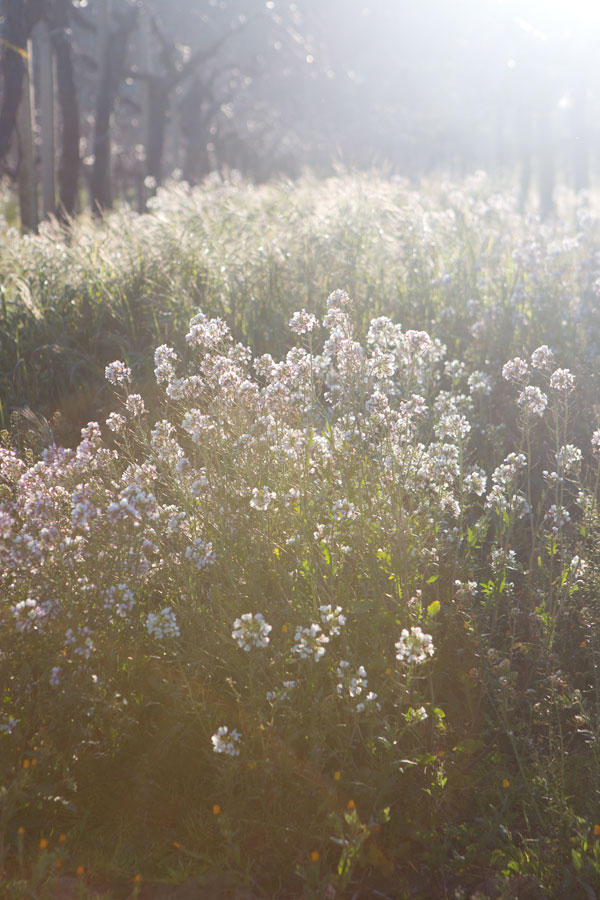
We indulged in a delectable picnic prepared by Fabrizia in the magnificent citrus orchard (orangeraie) Giardino della Kolymbetra. There was so much poetry in this place. In the peaceful moment we shared while enjoying homemade! foccacia, olives, artichoke and pepper preserves, Sicilian cheese and cured meats. I am still dreaming of the oh so! utterly delicious blood orange sorbet Keiko prepared with some oranges we *discreetly* stuffed in a bag for the dinner all of us cooked to celebrate our stay. If I thought before that eight people simultaneously cooking in a kitchen would lead to chaos, I was proven wrong.
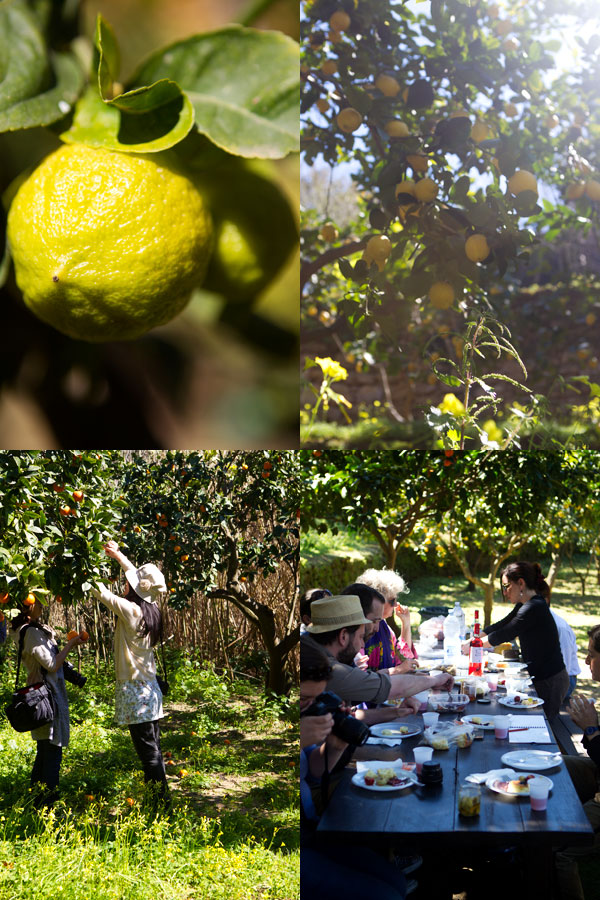
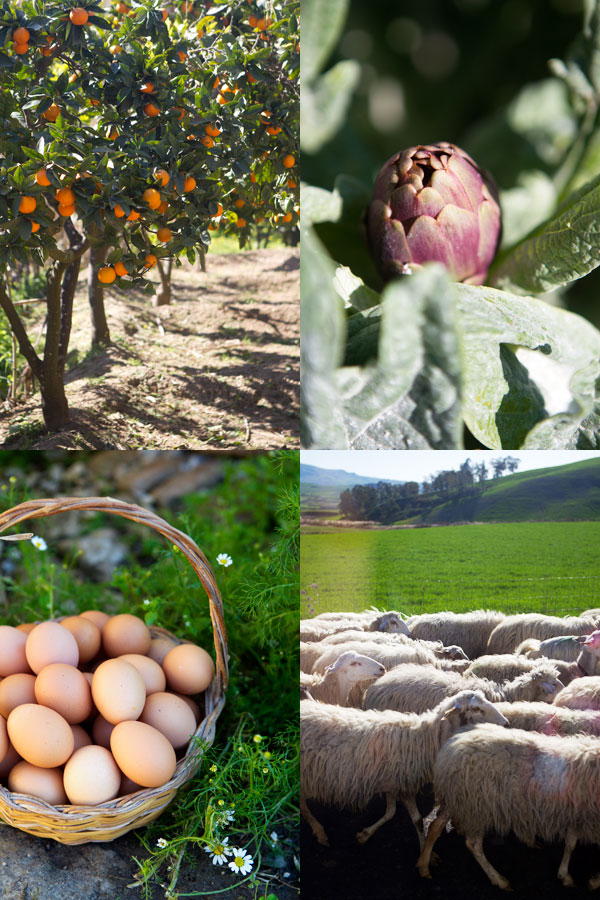
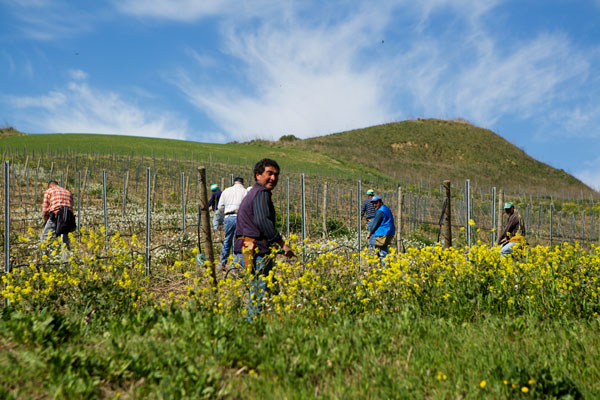
I was not aware that Sicilians love to deep fry foodand they do it so well.
We tasted scrumptious panelles (chickpea fritters similar to a Panisse, a speciality from the south of France). Fabrizia showed us how to prepare them so that they remain thin (the batter is spread thinly onto plates) and very crisp once they are fried. I noted this as an excellent amuse-bouche idea to enjoy with drinks before a meal.
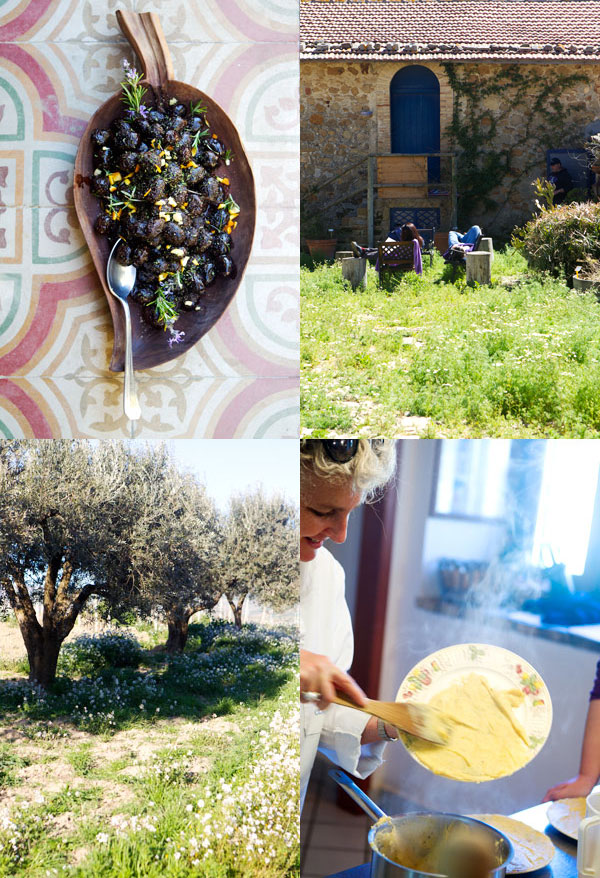
We attended the feast of Saint Guiseppe (St Joseph day during Lent) in Sclafani Bagni, a small picturesque village perched in the mountains. We shared a traditional meal with the people from the village and discovered about the tradition villages nearby keep on that day: families prepare food altars that display ornate breads, pastries, and symbolic foods like fava beans and fennel, for the poorest children in th! e villag e. Many families believe that having a St. Joseph altar can bring good fortune.
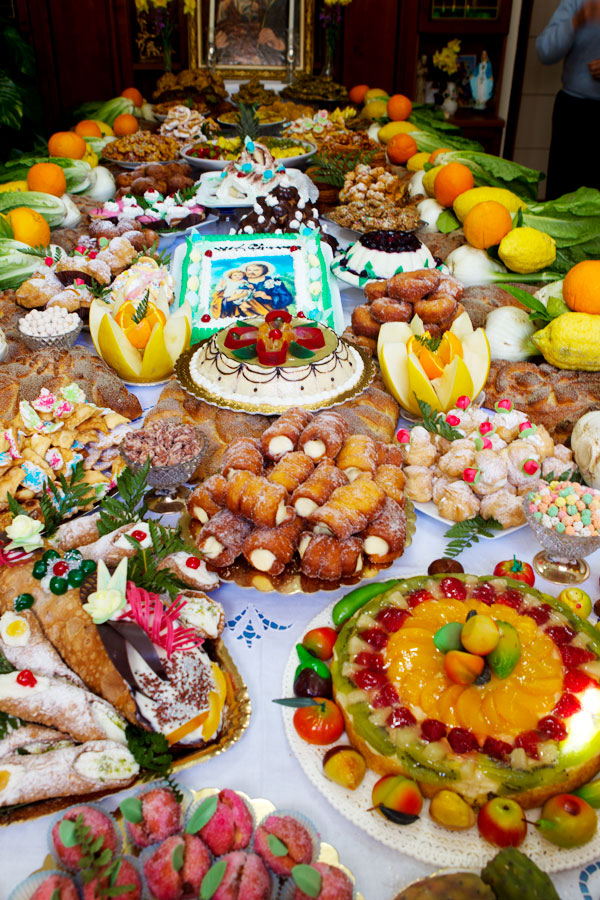
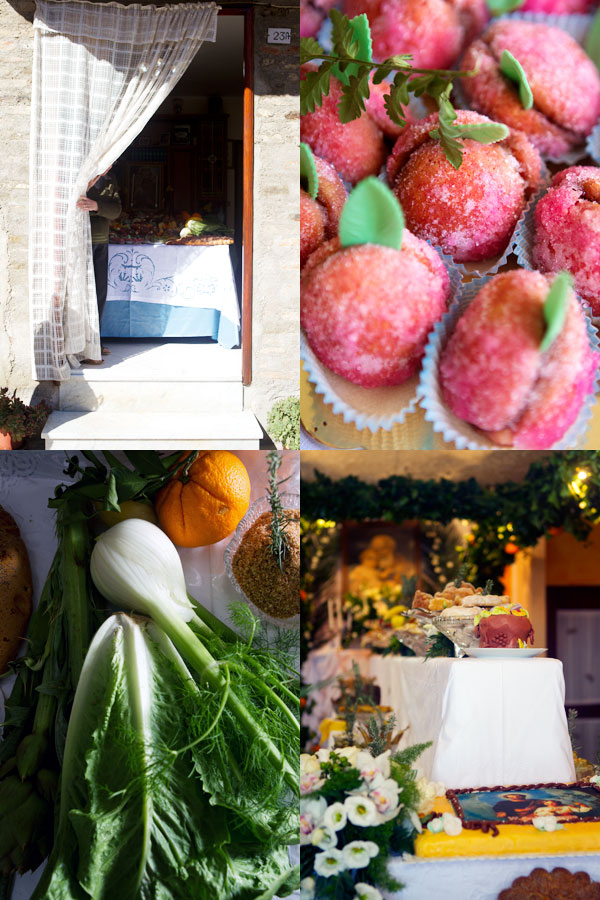
Sicilian cuisine relies heavily on seasonal local food. Dishes are simple. They celebrate ingredients to the core.
Sicilian cuisine is different from Italian cuisine, I heard Fabrizia say when asked. We understood howeven when similar vegetables and produce are used.
We tasted scrumptious fennel salads prepared with citron (not the French word for lemon by the way, but cdrat instead), stuffed artichokes, Fabrizias oh so delicious artichoke caponata, macco soup and pasta con le sarde (a traditional pasta dish served with a sauce made with fresh sardines and wild fennel).
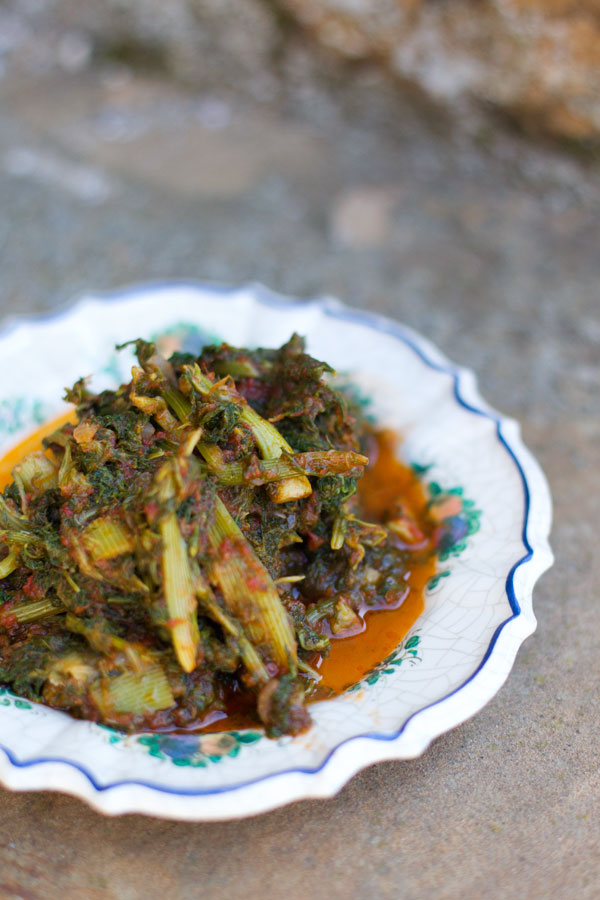
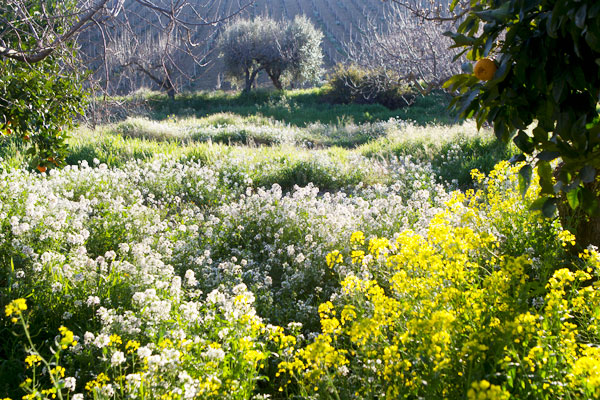
Are you new like I was to the taste of wild fennel? I loved the vegetable so much that I promised to myself that Id try to plant some in my garden.
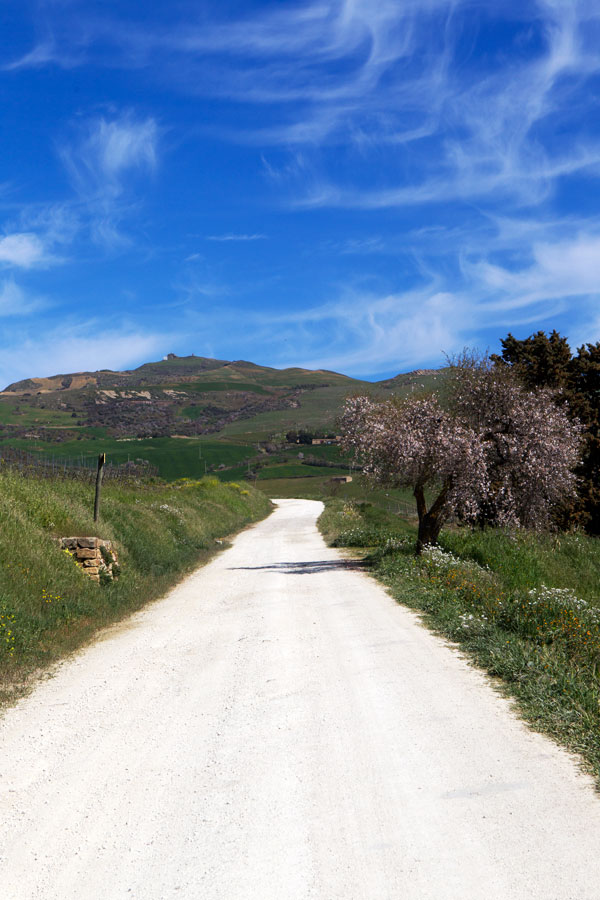
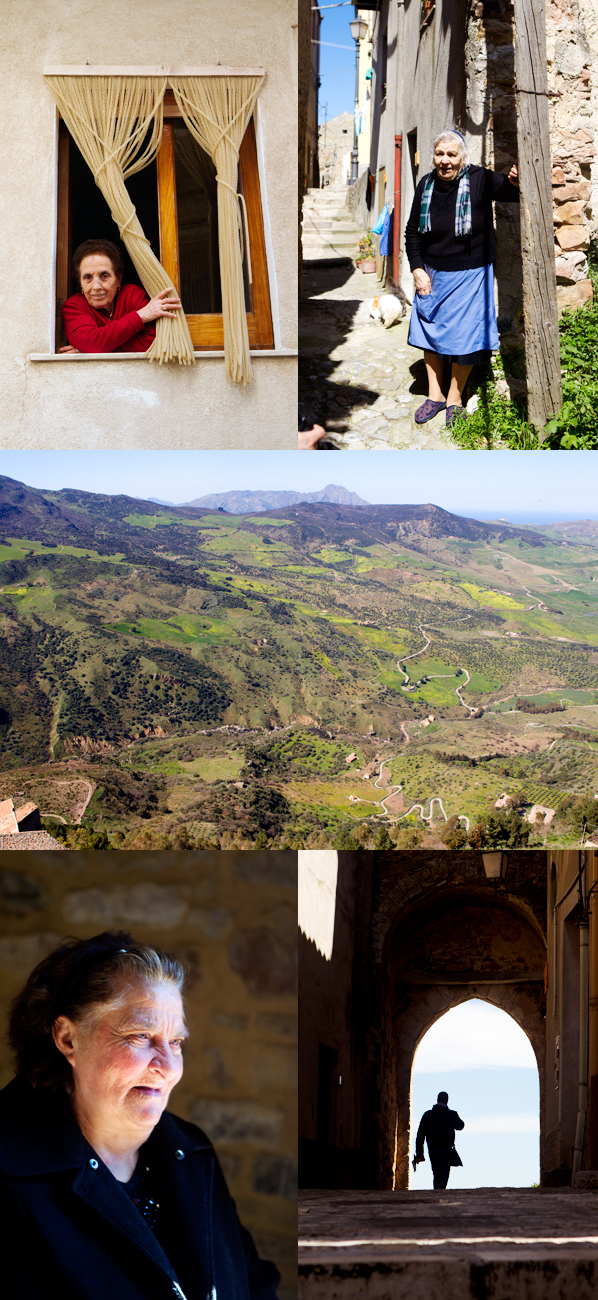
I learned that once baked, a sponge cake makes a funny squeaking noise when you press on it. Yes, I know, this sounds rather odd but you must try it! This might make you smile the way it did for us.
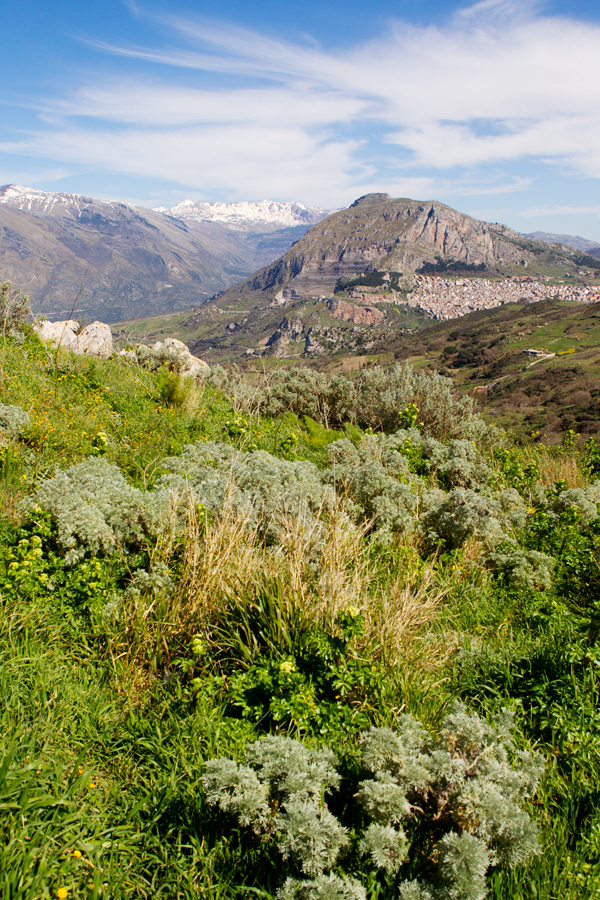
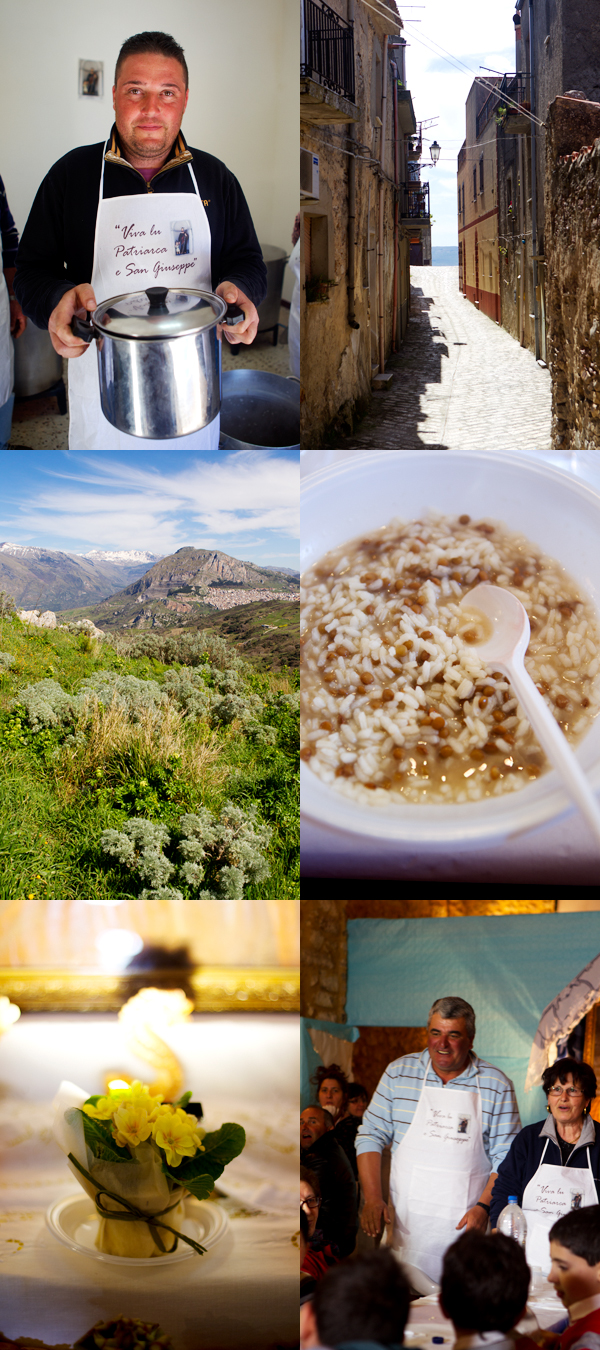
I learned that Sicilians are generous people that are always ready to help and share.
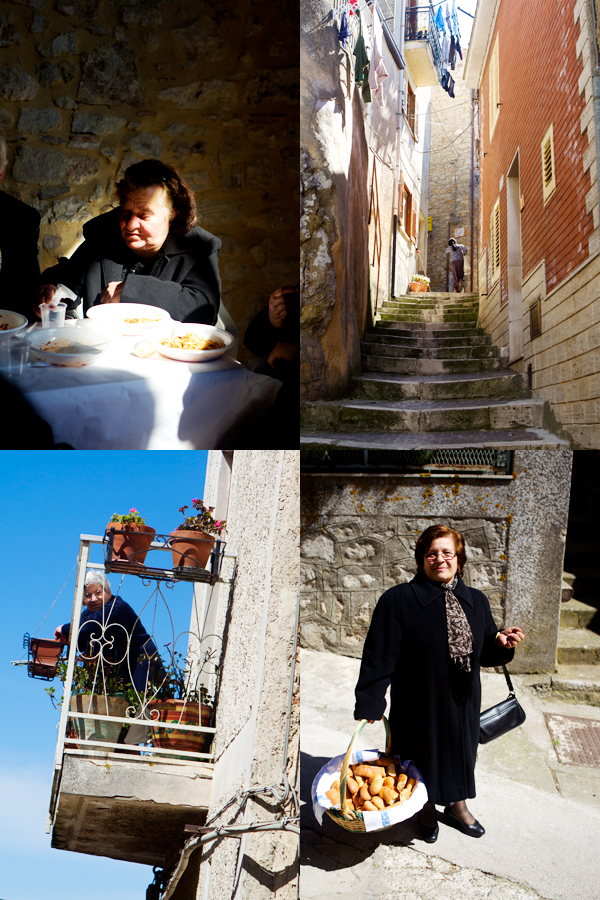
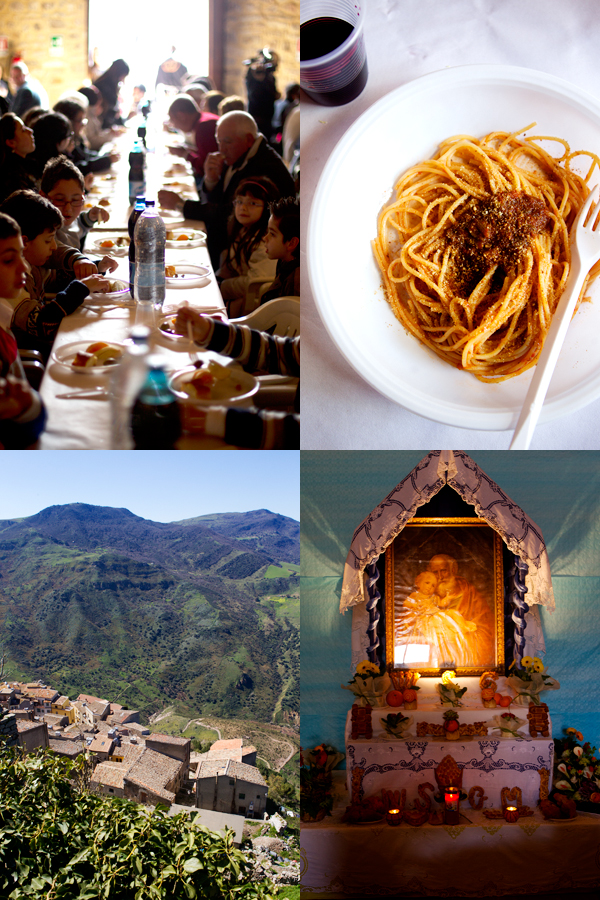
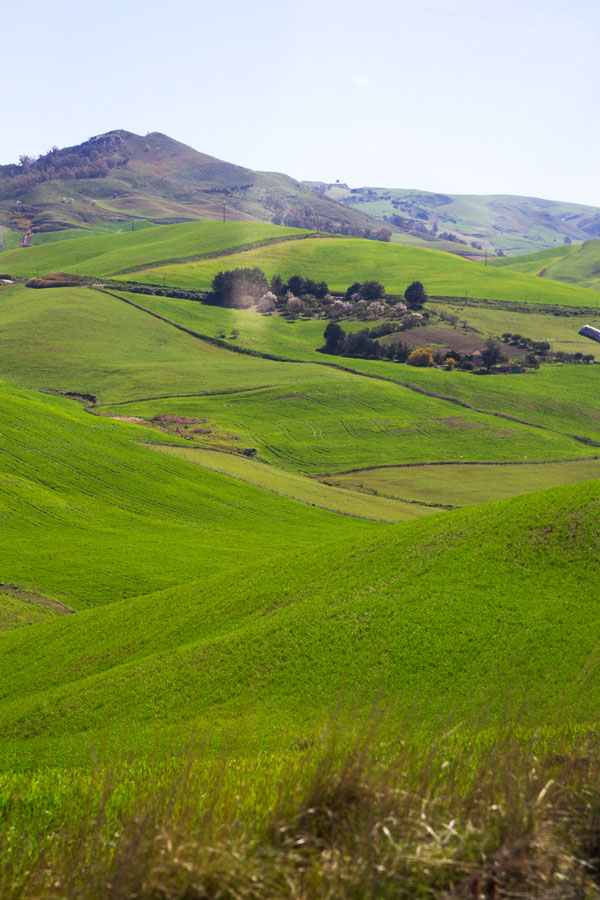
I realized that the best time to come to Sicily must be Spring and that the best way to experience it is the way we did at Case Vecchie. Treated like true members of a Sicilian family.

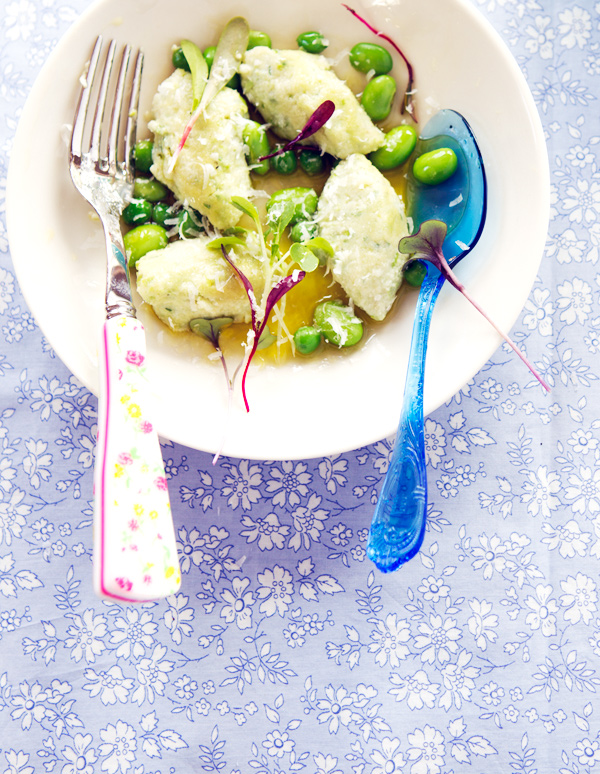
We talked and laughed a ton, we cooked and ate and drank amazing food and wine. We built precious memories in Fabrizias kitchen. And we made friends.
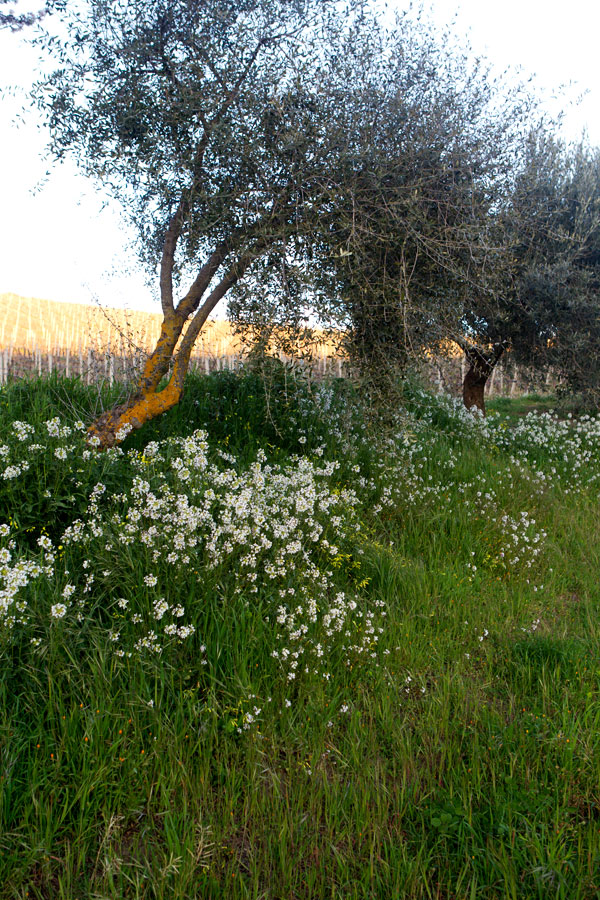
So naturally, when I came home, I was inspired to bring Fabrizias recipes in my kitchen.
So I cooked away. Even feeling a little Sicilian while I prepared ricotta gnocchi and biancomangiare (blanc manger) and citrus puddings for friends and family.
And Macco soup too.
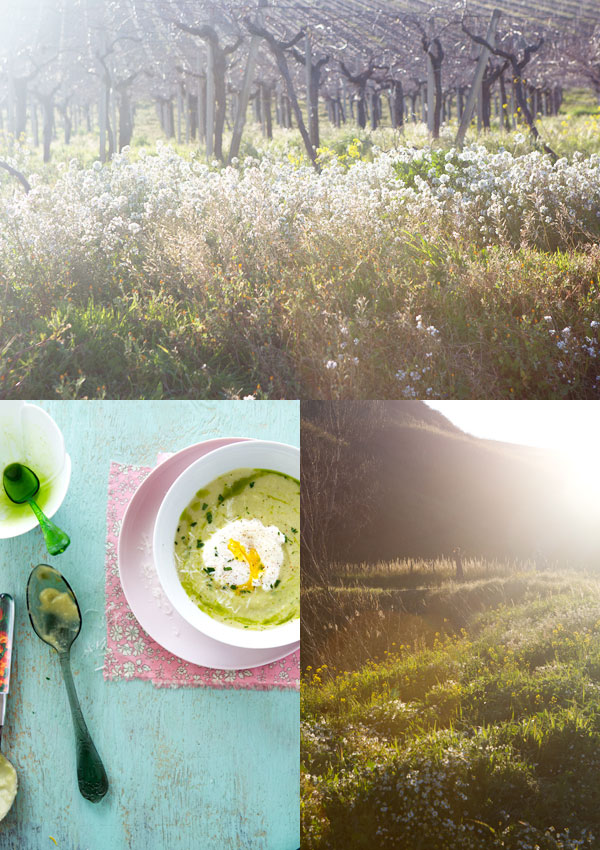
Oh that soup!
I had never heard about it before. But after Fabrizia prepared some for us one night, I fell in lo! ve with its delicate flavors and texture right away. Somehow, that dish was very Sicilian to me. Showcasing the best the garden can offer.
The soup is simple. Hearty. It speaks of what Sicilian food is all about: recipes with a lot of character that require only a few steps and ingredients that stand out.
Macco soup has three ingredients: onion, fava beans and Pecorino cheese. I was inspired to serve the soup with a poached egg on top, the way Fabrizia prepared it for us.
Truly addictive and irresistible.
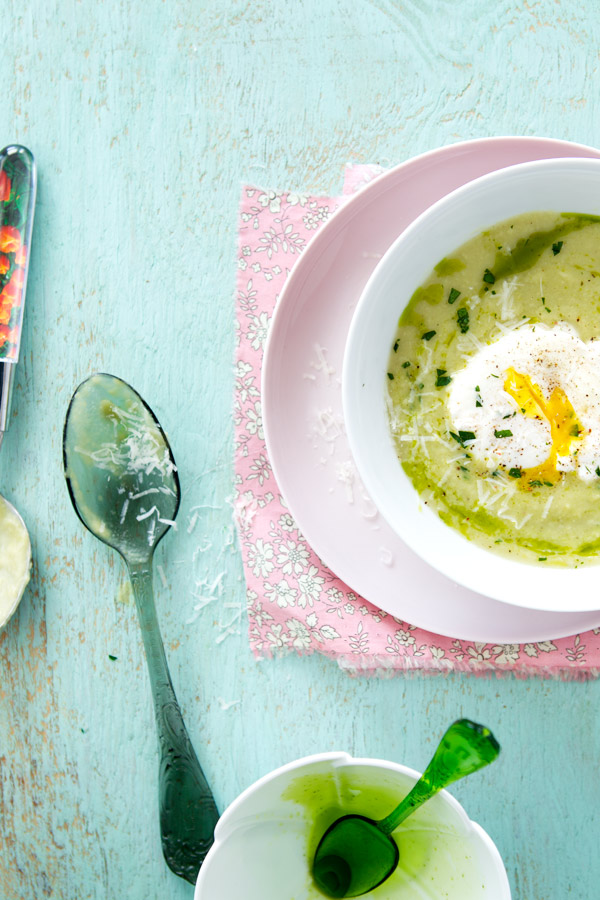
Thank you Fabrizia, Mita, and Gianlucca for making this delicious culinary adventure possible. I cannot wait to come back to visit and taste more of Sicily.
When short of fava beans, Ive also made this soup using frozen lima beans. The result was excellent. Id gladly try with edamame beans as well. I cooked this recipe the way Fabrizia taught us to. But Ive also created my own variants (because I cannot help but try fresh herbs and see what happens. It was lovely with tarragon and also sage, like suggested below.
You need:
For the soup:
- Olive oil
- 1 red onion, finely chopped
- 1.6 pounds (750 g) fresh fava beans, blanched and peeled (you can also use frozen fava beans)
- 2 teaspoons finely chopped tarragon
- 2 branches of fresh parsley
- 4 1/4 cups (1 l) hot water
- Sea salt and pepper
- 2.5 ounces (70 g) grated Pecorino cheese, or more to taste
For the garnish:
- 6 eggs
- Sea salt
- Parsley, finely chopped
- Olive oil, to drizzle
Steps:
- In a heavy bottomed pot, heat the oil over medium heat. When warm, add the onion and cook for 2 to 3 mi! nutes, o r until soft and golden.
- Add the fava beans, tarragon, and parsley, and continue to cook for a few minutes.
- Cover with the water. Season with salt and pepper. Cook the fava beans they break down and form a pure. Discard the parsley.
- Stir in he Pecorino cheese.
- Serve with poached eggs, chopped parsley and a drizzle of olive oil. And more grated Pecorino, of course.
No comments:
Post a Comment